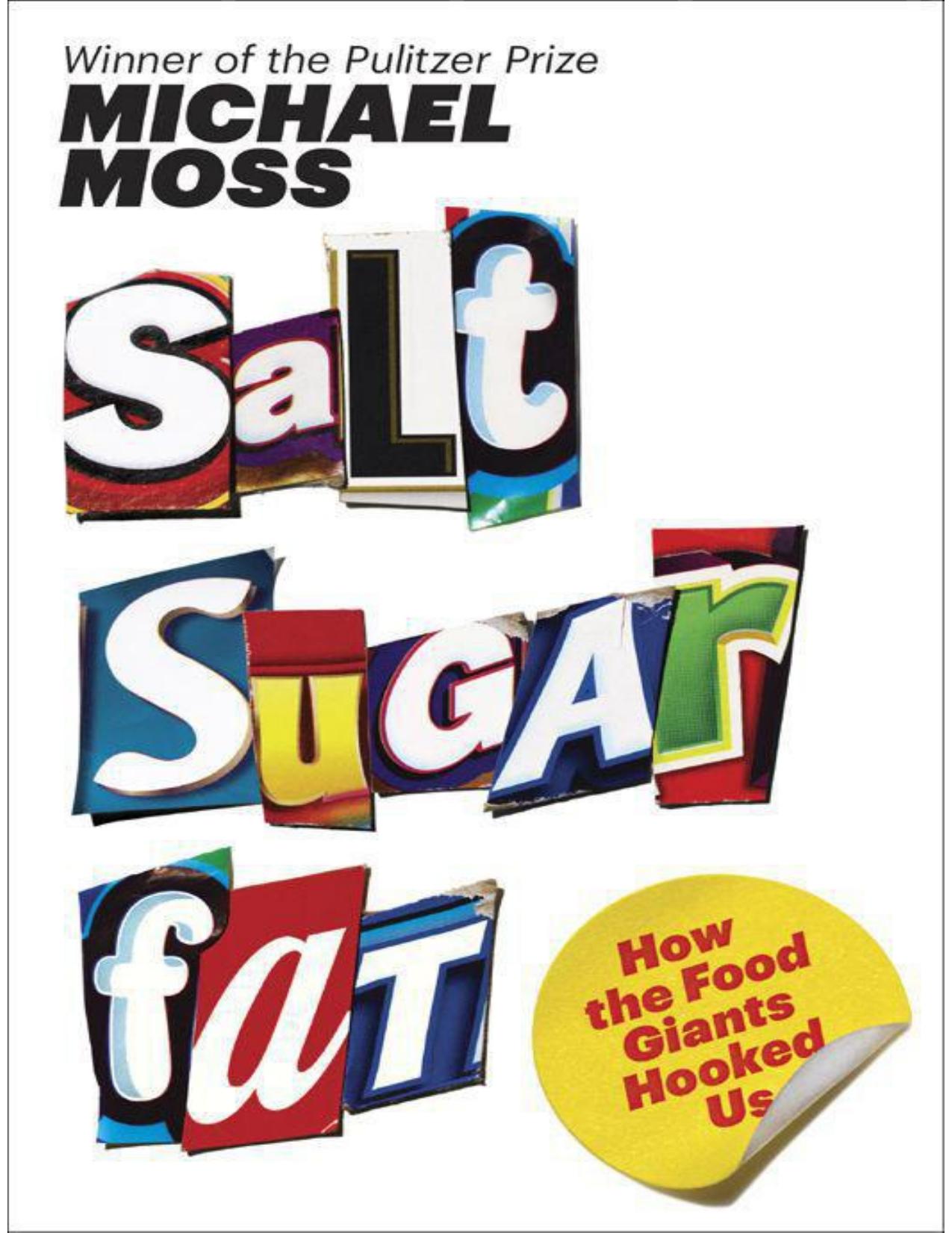Salt Sugar Fat: How the Food Giants Hooked Us by Michael Moss

Author:Michael Moss [Moss, Michael]
Language: eng
Format: epub, mobi, pdf
ISBN: 9780679604778
Publisher: Random House Publishing Group
Published: 2013-02-25T23:00:00+00:00
For a brief moment, when production costs were outstripping revenue, it looked like Philip Morris had made a bad bet on the Lunchables. Right after Hamish Maxwell signed off on giving the trays more development money, which kept the Kraft bankers from shutting the whole venture down, sales dropped, and Bob Drane’s team scrambled to slash production costs. Drane even gave up his most treasured part of the tray, the yellow napkin, “which I fought like crazy to hang on to. It was like one and a half cents, but every element was examined in detail to figure out how to reduce the costs without screwing up the quality.” Oscar Mayer also gradually learned how to accomplish high-tech assembly, in which workers were replaced by machinery that accelerated and automated the factory lines, further reducing costs. Projected to lose $6 million in 1991, the trays instead broke even; and the next year, they earned $8 million.
Having extinguished this fire, the Lunchables team could focus its attention, once again, on boosting sales. And it did this by turning to one of the cardinal rules in processed food: When in doubt, add sugar. “Lunchables with Dessert is a logical extension,” an Oscar Mayer official reported to Philip Morris executives in early 1991. To accomplish this, they would have to spend $1.2 million to retool the production lines yet again. But the “target” remained the same as it was for regular Lunchables—“busy mothers” and “working women” aged twenty-five to forty-nine, he said—and adding cookies and puddings would bring several advantages. The “enhanced taste” would attract shoppers who had grown bored with the current trays; the added sweets would let the company charge thirty cents more per unit; and the dessert line would keep Oscar Mayer a step ahead of competitors who were reacting to the Lunchables success by putting out their own versions of cold, ready-to-eat lunch.
A year later, with the trays increasingly being eaten by kids, the dessert Lunchable morphed into the Fun Pack, which came with a Snickers bar, a package of M&Ms, or a Reese’s Peanut Butter Cup as well as a sugary drink. The Lunchables team started by using Kool-Aid and Cola but switched to Capri Sun in 2000 when Philip Morris added that drink to its stable of brands.
By 1995, six years after their launch, the Lunchables were giving the tobacco executives some of the only good cheer in the financial reports from Oscar Mayer. In appearing before the Corporate Products Committee that fall, Bob Eckert, president of the Oscar Mayer unit, went through all the bad news in red meat: Bologna sales were down; bacon was down; even hot dogs had sunk 4 percent. “Our processed meat categories get more than their fair share of negative stories about fat, leukemia, nitrates and the like,” Eckert lamented. In response, Oscar Mayer had begun making a new line of fat-free meats—hot dogs, bologna, sliced ham—that were projected to reach $100 million in sales.
The Lunchables, however, used the regular products and were already a superstar in the Oscar Mayer lineup.
Download
Salt Sugar Fat: How the Food Giants Hooked Us by Michael Moss.mobi
Salt Sugar Fat: How the Food Giants Hooked Us by Michael Moss.pdf
This site does not store any files on its server. We only index and link to content provided by other sites. Please contact the content providers to delete copyright contents if any and email us, we'll remove relevant links or contents immediately.
| Biographies | Company Profiles |
| Economic History |
Pale Blue Dot by Carl Sagan(4030)
The Rules Do Not Apply by Ariel Levy(3927)
Goodbye Paradise(2993)
Delivering Happiness by Tony Hsieh(2934)
Liar's Poker by Michael Lewis(2828)
Into Thin Air by Jon Krakauer(2721)
Purple Cow by Seth Godin(2711)
Ogilvy on Advertising by David Ogilvy(2705)
Rogue Trader by Leeson Nick(2484)
The Airbnb Story by Leigh Gallagher(2383)
The Social Psychology of Inequality by Unknown(2328)
The Mind Map Book by Tony Buzan(2099)
Six Billion Shoppers by Porter Erisman(2005)
Bossypants by Tina Fey(2004)
Claridge's: The Cookbook by Nail Martyn & Erickson Meredith(1974)
All the President's Men by Carl Bernstein & Bob Woodward(1969)
Master of the Game by Sidney Sheldon(1895)
Alibaba by Duncan Clark(1760)
Wild Ride by Adam Lashinsky(1663)
